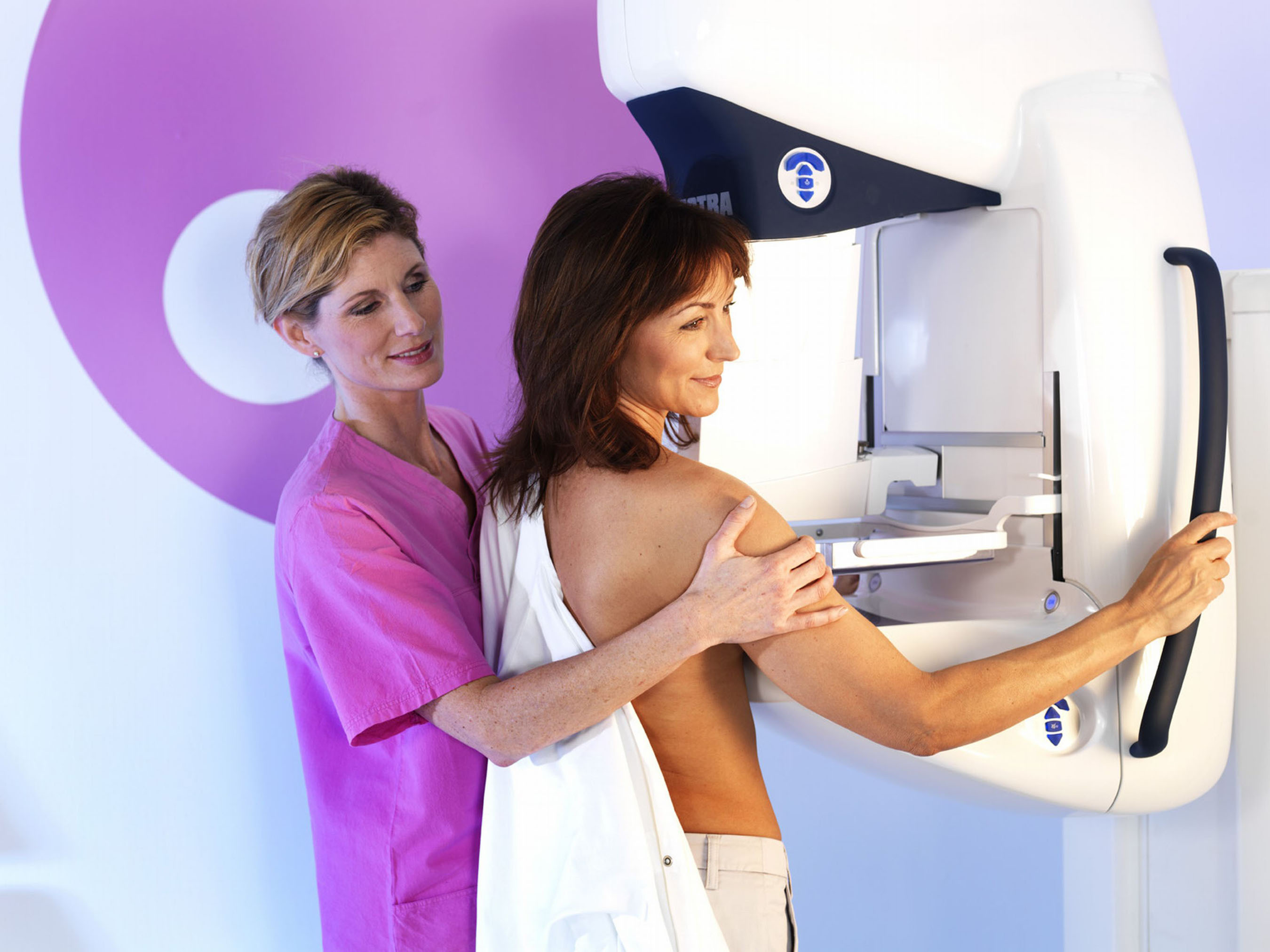
March 4, 2015 — More than any other debate about overdiagnosis, the discussion of breast cancer has spilt from the pages of the specialist medical press into the public domain, argues a public health expert in The BMJ this week.
In 2012, prompted by increasing debate about overdiagnosis, an independent United Kingdom panel estimated that about 19 percent of breast cancers diagnosed among women invited to mammogram screening were in fact overdiagnosed (they would have been harmless). But other estimates have been higher (up to 50 percent) or lower (less than 5 percent).
Achieving consensus seems unlikely in the short term but resolution should be a high priority so that women can be given objective, balanced and uncontested information, writes Alexandra Barratt, Ph.D., MPH, professor of public health at the University of Sydney.
This article is part of a series on overdiagnosis looking at the risks and harms to patients of expanding definitions of disease and increasing use of new diagnostic technologies.
Breast cancer is the most common cancer in women worldwide. Early trials reported that screening reduced the risk of dying from breast cancer by around 30 percent in women over 50 and led to publicly funded mammography screening programs in many countries in the 1980s and 90s.
Although this has led to large increases in detection of early breast cancer, rates of advanced cancer have declined only slightly or remained relatively stable, suggesting that mammography screening is detecting low risk or non-progressing breast cancer that would never have become life-threatening.
In the NHS screening program, 99 percent of women with screen-detected breast cancer undergo surgery, and around 70 percent also have radiotherapy and hormone therapy. If around 20 percent of these breast cancers are overdiagnosed, then about 20 percent of these women are undergoing treatments to "cure" a disease which they would never had had without screening, explains Barratt.
She also argues to think twice before introducing new breast imaging technologies, such as tomosynthesis (3-D mammography) or extending screening to older and younger women, until incremental net benefit to women has been demonstrated in high-quality studies.
Changing screening policy "should be based on demonstrated ability to achieve equivalent benefit to harm ratios and not on the assumption that increased detection will achieve a net benefit."
Lastly, she calls for more balanced information for women and says participation targets should not be set and should not be regarded as a marker of health service quality.
"Breast cancer research has led the way in developing awareness of the potential harms of overdiagnosis and overtreatment among asymptomatic people who participate in cancer screening programs," concludes Barratt. "Increasing awareness and understanding of overdiagnosis in relation to the early detection of lung and thyroid cancers, as well as breast and prostate cancers, is needed and should be prioritized in public communication initiatives."
For more information: www.bmj.com


 December 17, 2025
December 17, 2025 








